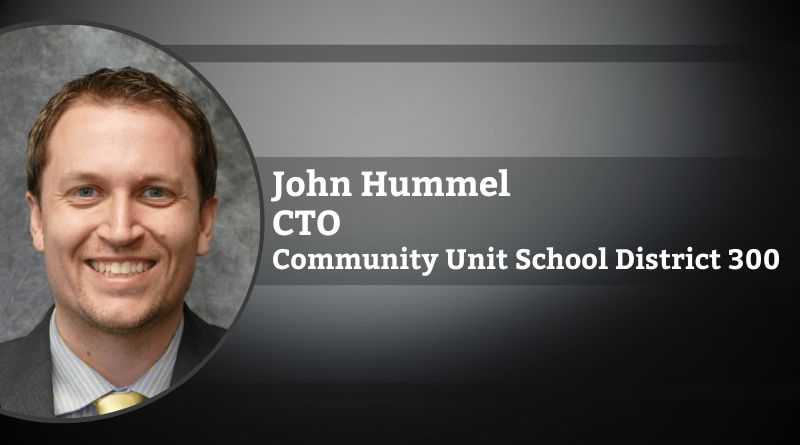Unexpected Customer Service
By John Hummel, CTO, Community Unit School District 300
“A customer is the most important visitor on our premises, (They are) not dependent on us. We are dependent on (them). (They are) not an interruption in our work. (They are) the purpose of it. (They are) not an outsider in our business. (They are) part of it. We are not doing (them) a favor by serving (them). (They are) doing us a favor by giving us an opportunity to do so.” – Mahatma Gandhi
This is definitely a mind-shift for many people in IT. Traditionally, people join a technology team because they are good with technology and like to solve problems. They did not participate because they wanted to deal with people. They are hoping that they can fly under the radar in an organization and just fix the issues without really having to deal with the end user. When we think of the IT department, we either think of the British sitcom The IT Crowd or the SNL skit with Jimmy Fallon, where he yells “Move!” whenever he needs to fix something. Unfortunately, these shows and skits exist because that has been the experience for a vast majority of people when they ask for IT help. I am trying to change that perspective.
This change has led to a new term, Unexpected Customer Service. We want to shift the mindset of people who work in technology. This shift starts with the understanding that “their perspective, is our reality” (Guidara, 2022). This can be a hard concept to understand, but it is central to providing Unexpected Customer Service. The only reason that the technology department exists, especially within a K-12 school district, is to provide technology assistance/help to all staff and students. So, without the need for help, there would not be a need for the technology department.
We have started thinking about other ways in which we can provide an unexpected level of customer service, such as leaving behind a branded screen cleaner wipe that gives them the number for the help desk to reinforce that we are here to help.
So, how do we make this shift? It all starts with the understanding that being right, really does not matter. You may be right. You may have told the person 5 times how to do something. Restarting the computer probably will fix their issue. Telling them that does not help. When someone reaches out to tech support for help, they are just looking for a solution. Their perspective is that they have done everything that they know how to do, again probably not true, and they just want someone to help them get back to where they need to be. Our job is to meet them where they are and to help them get back on track. You can absolutely show them how to solve their problem with the hopes that they will remember for next time, but if they call again, we will help them as if we did not show them the solution before. That is the difference. We walk in their shoes and help them find a solution. Again, it does not matter that this issue is a user error, they might already know that they are doing something wrong. We do not need to point it out, we just need to help them.
This might seem basic, but it can be hard to find within tech support. Now, what takes this to the unexpected level is what we do next. Making sure that when people ask for help, we meet them where they are is essential, but how do we provide a level of support above this? What we are starting in our organization is something we are calling rounds. Similar to a hospital where medical staff have rounds, we too will have people in every building, every day doing rounds. The idea is that building techs will check in with the front office staff, the media center staff, and walk the building checking with all staff to see if there are any issues that can be solved right then while they are in the building. We also have someone monitoring tickets to then send the tech to a specific location in the building to solve issues while they are in that building. The staff in the building get used to seeing tech staff around every day. They now start to feel this new, unexpected level of customer service. Building techs have been given digital photobooks for all staff in the building and they will now start to memorize each person in the building so that when they come to their room to help them out they can address them by name. Again, unexpected customer service.
We have started thinking about other ways in which we can provide an unexpected level of customer service, such as leaving behind a branded screen cleaner wipe that gives them the number for the help desk to reinforce that we are here to help. All these changes are unexpected because they have become accustomed to the traditional model of tech support. However, we think differently. As my Director of Information Services, Jahan Rodriguez, likes to say, if we can help you, we will help you because we want to help you.
Guidara, Will. Unreasonable Hospitality: The Remarkable Power of Giving People More Than They Expect. 2022.

